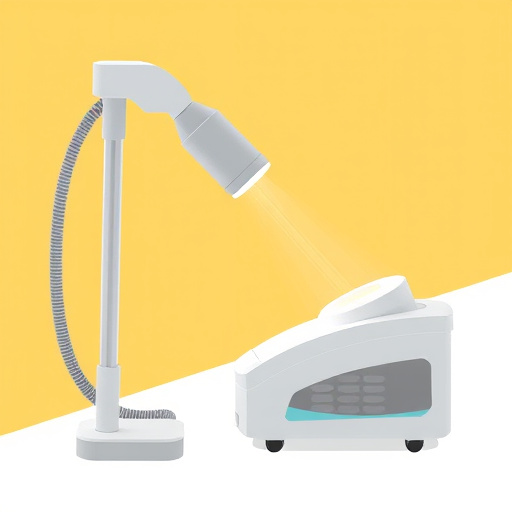Relocating intake air temperature sensors in factories is a strategic move for modern manufacturing, offering improved data access, enhanced process control, and better product quality. Proactive sensor management, including calibration, maintenance, and optimal placement, ensures long-term compatibility and performance. Following manufacturer guidelines, upgrading to robust models, and integrating smart sensors with real-time diagnostics optimize results. Consistent monitoring prevents disruptions, enhancing overall equipment effectiveness and enabling dynamic, responsive manufacturing for meeting demand and quality standards.
In today’s advanced manufacturing landscape, ensuring factory sensor compatibility is paramount for seamless integration and optimal performance. This article delves into critical aspects of intake air temperature sensors relocation and its impact on manufacturing processes. We explore best practices for long-term compatibility and performance, providing essential insights to help folks navigate this intricate process effectively. By understanding these principles, manufacturers can revolutionize their operations, fostering efficiency and precision in a bustling industrial environment.
- Understanding Factory Sensor Compatibility: A Foundation for Seamless Integration
- Intake Air Temperature Sensors Relocation: Impact on Manufacturing Processes
- Best Practices for Ensuring Long-Term Compatibility and Performance
Understanding Factory Sensor Compatibility: A Foundation for Seamless Integration

In today’s industrial landscape, ensuring factory sensor compatibility is paramount for efficient and seamless production processes. With various components generating and relying on data, proper sensor integration is crucial. Factory sensors, such as intake air temperature sensors, play a pivotal role in monitoring critical parameters to optimize performance and prevent equipment failures. However, their effectiveness hinges on compatibility with existing systems, which involves more than just hardware connections.
Understanding the nuances of sensor compatibility requires considering factors like communication protocols, data formats, power requirements, and physical relocation. For instance, relocating intake air temperature sensors may necessitate updating control systems to recognize the new sensor position and calibrating them for accurate readings. By addressing these technical aspects proactively, manufacturers can achieve smooth operations, reduce downtime caused by incompatible components, and ultimately enhance overall equipment effectiveness.
Intake Air Temperature Sensors Relocation: Impact on Manufacturing Processes

In modern manufacturing, the strategic relocation of intake air temperature sensors can significantly alter and optimize production processes. These sensors play a critical role in monitoring and controlling engine performance, ensuring efficient combustion and maximizing yield. By strategically repositioning them, manufacturers can gain better access to crucial data points, allowing for more precise adjustments during the production cycle. This enhances overall process control, leading to improved product quality and consistency.
The impact extends beyond mere data collection. Intake air temperature sensor relocation enables real-time monitoring of environmental factors that influence manufacturing. It facilitates the implementation of smart factory concepts, where automated systems adjust production parameters based on sensor feedback. Consequently, this fosters a more agile and responsive manufacturing environment, capable of dynamic adjustments to meet ever-changing demand and quality standards.
Best Practices for Ensuring Long-Term Compatibility and Performance

To ensure long-term compatibility and performance in factories, consider proactive strategies for sensor management. Regular calibration and maintenance are essential practices, especially for critical sensors like intake air temperature sensors. Relocating these sensors to strategic positions within the factory floor can enhance data accuracy by minimizing external interference. This simple adjustment can significantly impact overall process efficiency.
Additionally, staying updated with sensor manufacturers’ guidelines is vital. Factory conditions can be demanding, so selecting sensors designed for industrial use is crucial. Upgrading to more robust models or integrating smart sensors that offer real-time diagnostics and alerts can further optimize performance. Consistent monitoring and timely replacements of sensors will prevent unexpected disruptions in factory operations.
In light of the above discussions, it’s evident that meticulously understanding and managing factory sensor compatibility, particularly focusing on intake air temperature sensors relocation, is paramount for enhancing manufacturing process efficiency and product quality. By adopting best practices throughout the production cycle, manufacturers can ensure long-term compatibility and optimal performance, ultimately fostering a seamless and successful integration of advanced sensor technologies.














